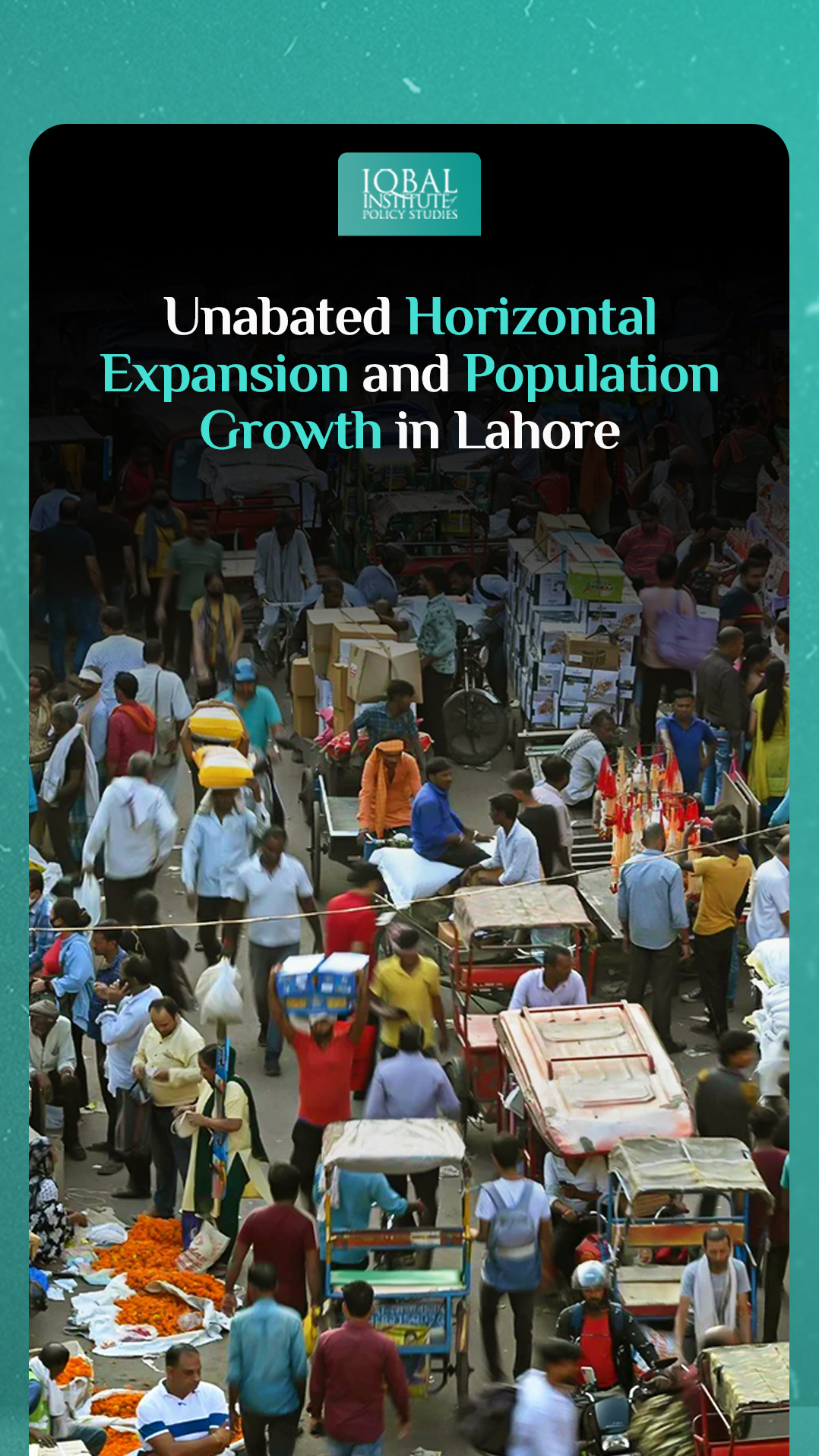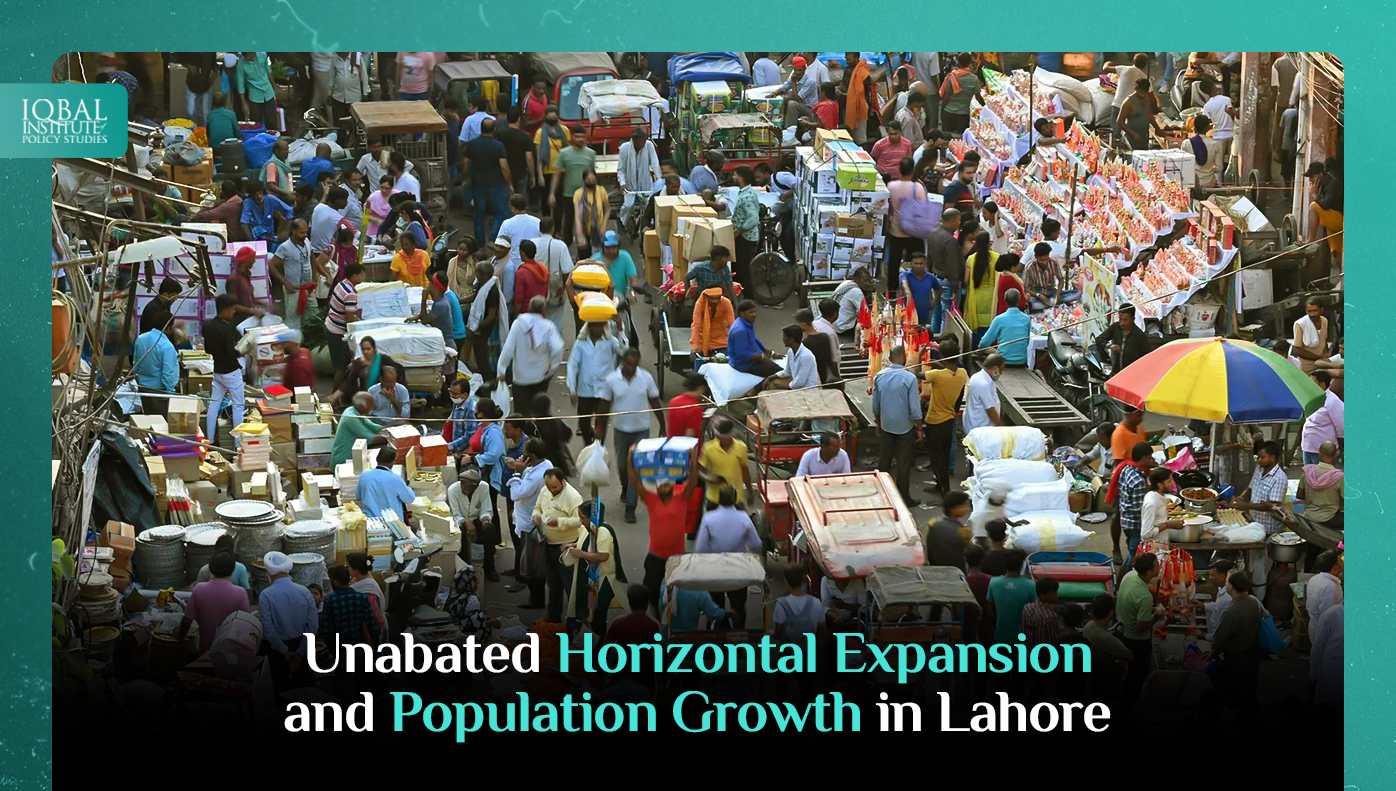Lahore, one of the most populous cities in Pakistan, has a population of around 11.3 million. In 2017, the contribution of Lahore to GDP was 11.8 per cent. As the world is moving forward, the agriculture and manufacturing sector has been reducing, and the inclination towards the services sector has increased. Since the city is expanding, there is a high rise in the demand for housing and the construction sector. It has become essential to accommodate the growing population. However, it is more important to plan horizontal expansion. Previously, unrestricted horizontal expansion has resulted in uneven land use, and fertile land has been used up for new housing settlements.
The added pressure of expansion has also led to disparity among the population. There is a clear socio-economic distinction between the residents of the Walled City and private housing societies. Currently, the housing demand is 6.4 million units and growing, due to which the authorities have eased regulations on housing. However, the deregulation has encouraged unplanned development by real estate developers and investors. Rather than promoting vertical buildings, developers still have incentives for horizontal expansion. The housing shortage is increasing along with the lack of affordable housing and inequality. Moreover, as houses near the centre or city become more expensive, the city’s transport burden will also increase. Hence, traffic control and road development will be necessary. Due to unabated horizontal expansion and population growth, it will become difficult for the low or middle-income population to afford housing and transport in Lahore.
To tackle this problem, the government must provide subsidies to developers or the construction sector to incentivise vertical development. It will support the low-income population as well and encourage affordable housing. The disparity related to the unaffordability of houses between the poor and rich will be reduced. There is very little intra-city transport and only two public transport, Orange Line and the Metro bus. Investing more in public transport is important to facilitate the population and reduce the use of private vehicles. Lahore also faces the worst air quality, less carbon print and smoke/dust from the transport and construction sector will help reduce smog. The transportation sector contributes to 43 per cent of Punjab in air pollution. All the challenges are interlinked, and the government of Pakistan must take strict actions and regulate the housing sector to avoid unsafe and unlivable areas for diverse socio-economic groups.



Leave a Reply